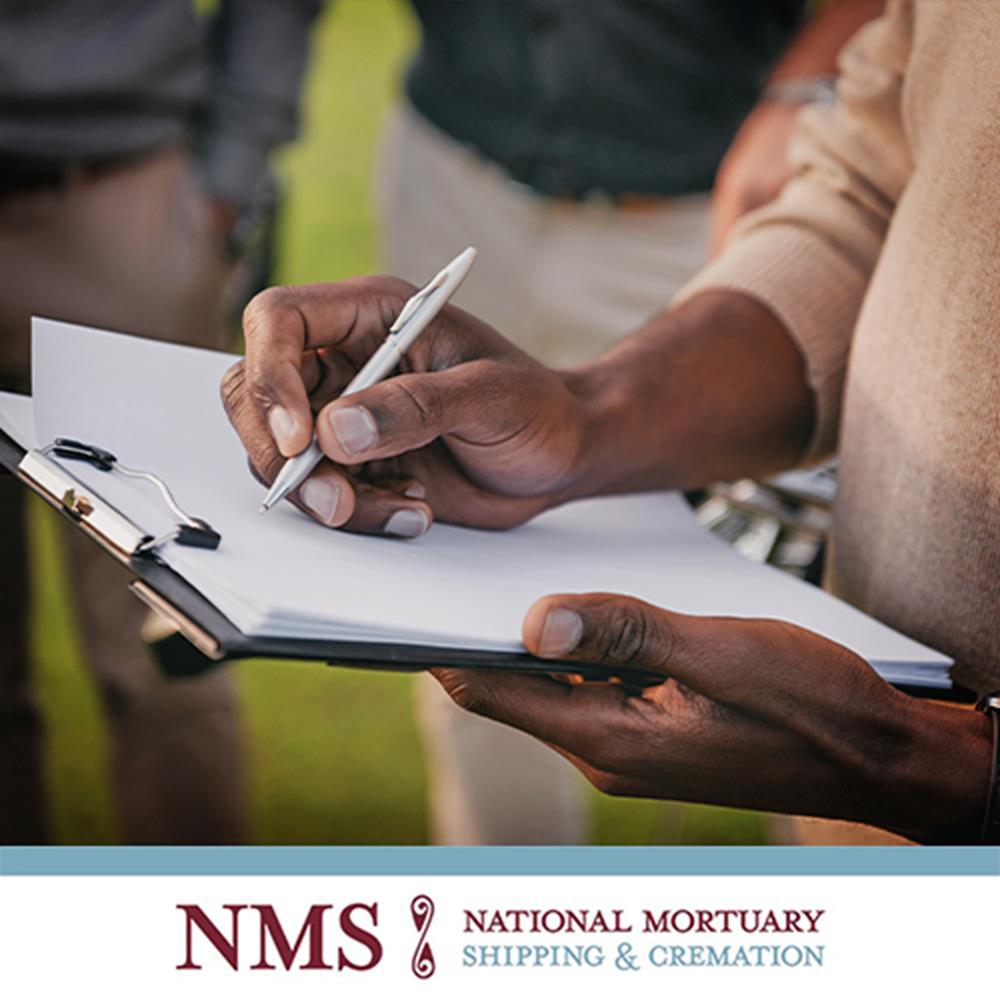
When someone dies, particularly if the death was unexpected, the individual leaves behind a life that is now abruptly paused—there are credit card bills to pay, pets to care for, and endless other personal, legal, and financial details to resolve. If you are tasked with handling those details while you are also grieving the loss of your family member or close friend, you may quickly feel overwhelmed. Where do you start, and who can help? This list is intended to provide some guidance and a place to begin.
Communicate your loved one’s death.
It can be difficult when this step falls to you. Decide on the form of communication you are comfortable with, whether it is a mass email or group text, a post on your social media account, or phone calls to specific individuals. Consider asking other family members to help spread the word or divide the calls with you. Do not forget to contact those people who knew your loved one through work, church, or other social groups.
Understand your loved one’s funeral and burial plans or end-of-life preferences.
Before you can make arrangements, you need to first determine whether your loved one left any end-of-life wishes. This could look like an official letter of instruction or details in a will. If your loved one left no instructions, the family will need to gather and discuss what is desired for the funeral along with the budget.
At this time, if your loved one did leave a will and final testament, you will need to identify the executor and begin working closely with this individual to follow through with your loved one’s end-of-life wishes and directives. Lean on the services of professionals, such as an estate lawyer or certified public accountant, to help you navigate the details.
Select a funeral home and begin to make arrangements.
If your loved one did not have a prearranged funeral service and burial, you will need to select a funeral home and begin working through a number of questions:
- When and where will the service be held?
- Who will be invited to attend?
- Will your loved one be cremated?
- Where will your loved one be interred?
- Who will write the obituary and deliver the eulogy?
While you will have the support of your funeral director, try not to make every decision alone. There will likely be friends and family members who will offer their assistance and their company as you make these decisions. Let them help.
Set up mail forwarding.
As you are planning the funeral, you will also need to take care of other details like forwarding your loved one’s mail either to yourself or to the executor of their will. Bills and other important mail will otherwise sit unopened and unaddressed. You can set up mail forwarding online or through the post office. USPS offers guidance for handling mail addressed to the deceased.
Get certified copies of death certificates.
A death certificate, or a certified death record, is an official document issued by the government that specifies the cause, date, and location of an individual’s death. This document is needed in order to close financial accounts, file insurance claims, and perform other necessary tasks on behalf of the loved one who has died. You can order copies of the death certificate from your local Bureau of Vital Statistics online, by mail, or in person at their local office.
Memorialize your loved one’s social media account.
Some family members choose to delete their loved one’s social media accounts. Platforms like Facebook give you the option to delete or memorialize the account as a place for friends and family members to share stories and condolences. Keep in mind that a copy of the death certificate may need to be shown in order to delete or memorialize an account.
We hope this list provides a starting point for the immediate steps to take after a loved one’s death. Your funeral director should be a caring and compassionate resource not only for planning a meaningful service but also providing guidance around the steps in the list above.
Contact NMS